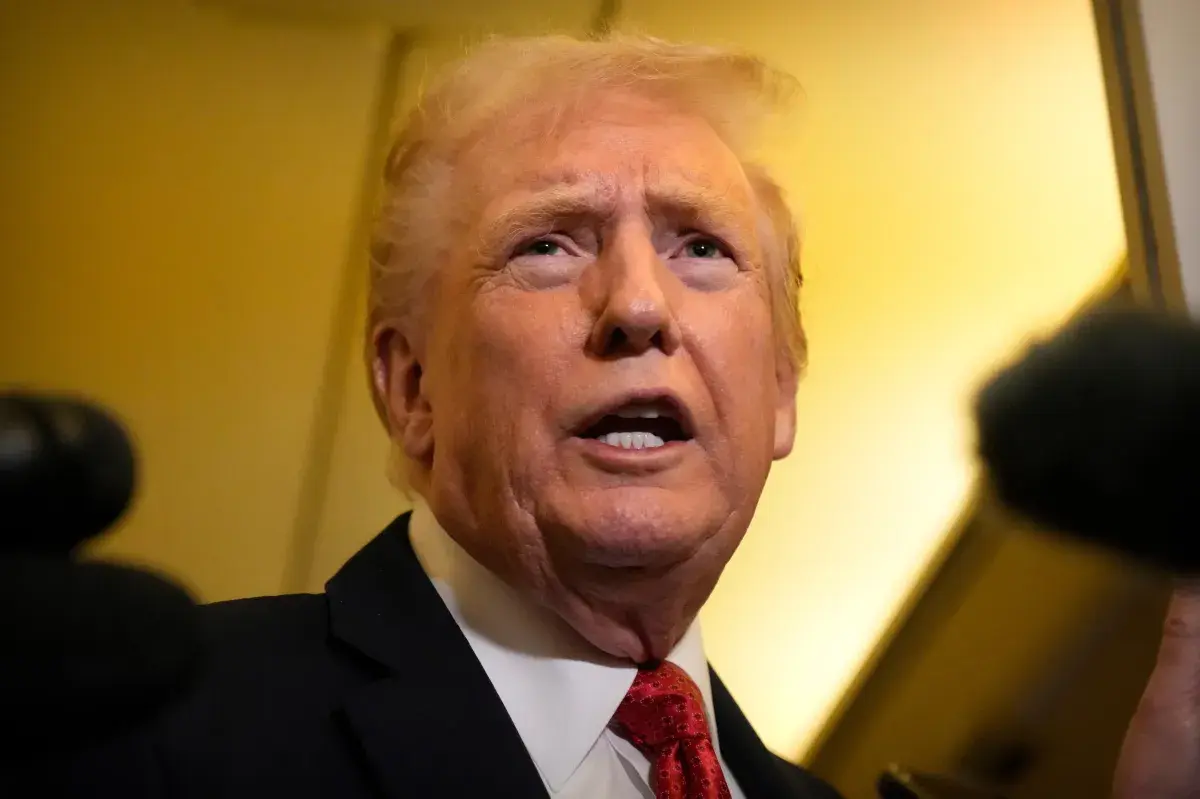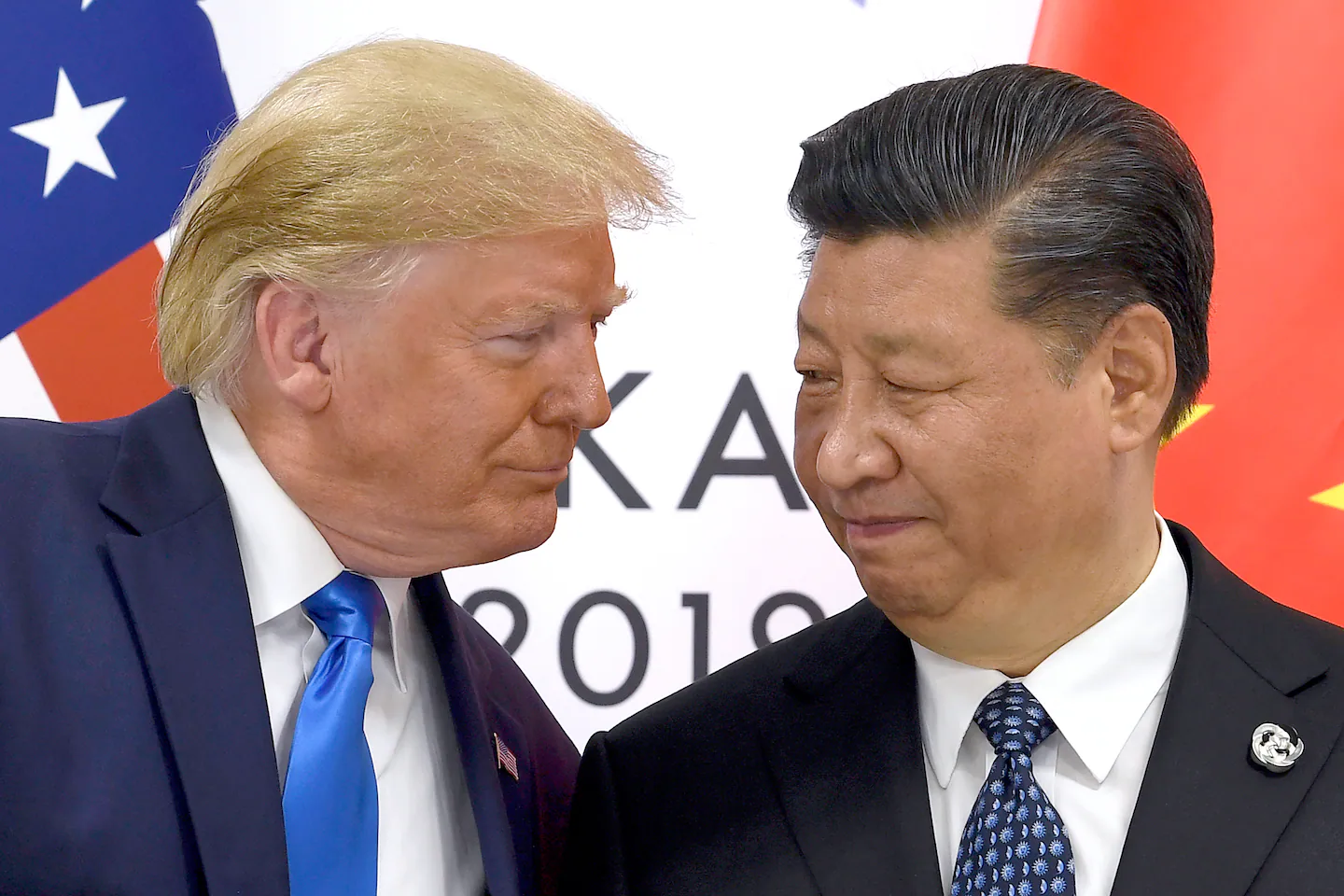Copyright Newsweek

President Donald Trump appears to be emerging politically unscathed, and even strengthened, from the ongoing government shutdown, according to new polling. Newsweek's tracker shows that Trump's net approval rating is at its highest point since August 21, at -6 points, with 45 percent approving and 51 percent disapproving. Why It Matters Presidents almost always see their approval ratings fall during government shutdowns, as voters grow frustrated with political gridlock. Trump’s slight improvement suggests the public may not be placing the bulk of the blame on him this time, or that partisan divisions have hardened so much that traditional political fallout no longer applies. What To Know According to analysis by 538, previous shutdowns typically triggered a noticeable drop in public support. For instance, during the 1995-1996 shutdown, President Bill Clinton’s Gallup rating dropped from around 51 percent to the low 40s as the standoff dragged on, before rebounding after the impasse ended. Similarly, 20 days into the 2018-19 shutdown during Trump's first term, his net approval had dropped by 3 points, according to CNN. However, recent polls suggest that Trump's approval rating is holding firm. The latest Morning Consult poll, conducted between October 17-19, also showed Trump's approval rating at its highest point since the end of August, at -5 points. According to the survey, 46 percent approve and 51 percent disapprove. YouGov/Economist polling has also shown a small improvement in Trump's popularity, with his net approval rising from -17 points to -15 points last week. Thomas Gift, a political science professor at University College London, told Newsweek that Trump’s approval ratings have remained steady, and in some polls, have even improved, despite the government shutdown, because his political appeal is anchored in lasting partisan and cultural divisions rather than day-to-day events. “Nothing is going to wipe out Trump’s support. An iron law of American politics is that his core base will never abandon him,” Gift said. “His approval ratings are remarkably durable because they’re driven less by short-term events and more by deep partisan and cultural loyalties. For many supporters, Trump isn’t just a political figure; he’s a symbol of defiance against the establishment. And while a government shutdown is never politically advantageous, some of his followers may even see it as a badge of honor—a direct rebuke to Beltway insiders who treat Washington grinding to a halt as a national crisis.” Victor Allis, lead pollster for ActiVote, echoed that view, saying the reason for Trump’s stability is that the electorate has already reached a “highly polarized” state. The group’s September survey found that 94 percent of left-wing voters disapprove of Trump, 92 percent of right-wing voters approve, and 41 percent of voters in the political center. “That polarized pattern suggests that any movement related to the shutdown will likely be small, as there is little room for the left to disapprove more, there is little room for the right to approve more, so that a core level of approval and disapproval is baked in, reducing the chance of large swings,” Allis told Newsweek. And that is evident in polling on who is to blame for the shutdown. A YouGov survey showed that just 26 percent of Republicans say Trump is responsible for the shutdown, compared to 90 percent of Democrats. And while Americans blame Republican lawmakers more than Democratic lawmakers for the government shutdown, polls suggest that fewer people blame Trump than in his first term. According to AP-NORC polling, 48 percent of Americans now say they blame Trump “a great deal” for the shutdown, down from 61 percent during the 2018–19 closure, the longest in United States history. And the gap is beginning to narrow between blame for Democrats and blame for Republicans. Just six points now separate the parties in public blame for the shutdown, according to the latest YouGov/Economist poll. It found that 39 percent of Americans hold Trump and congressional Republicans responsible, while 33 percent blame Democrats in Congress. The week before, the gap was wider—41 percent blamed Trump and the GOP, compared with 30 percent who blamed Democrats. The share of respondents who say both sides are equally at fault has also slipped, from 23 percent last week to 20 percent now. But pollster Nate Silver warned in an opinion piece for The New York Times on October 10 that opinions could change "if people start to see more tangible consequences like missed paychecks for federal workers or longer lines for airport security." As the federal government shutdown stretches through October 2025, hundreds of thousands of workers have been directly affected through furloughs or layoffs across multiple agencies. According to the Office of Management and Budget, around 4,200 federal employees were laid off in the first major round of reductions announced. That includes 1,400 workers at the National Nuclear Security Administration, which is responsible for maintaining and modernizing the U.S. nuclear arsenal. The NNSA has never before furloughed workers since its establishment in 2000. The Congressional Budget Office estimated that as many as 750,000 federal employees could be furloughed each day the government remains closed. Meanwhile, Treasury Secretary Scott Bessent warned on October 13 that the shutdown was “starting to affect” the U.S. economy. “This is getting serious. It’s starting to affect the real economy. It’s starting to affect people’s lives,” he told Fox News. Analysts estimate it could shave roughly 0.1 to 0.2 percentage points off economic growth for each week that it continues. Meanwhile, the Treasury said the shutdown could cost the U.S. economy $15 billion a week. What People Are Saying Nate Silver wrote on X: “Trump's approval rating has actually improved a tick during the shutdown, which is pretty unusual as these things go.” CNN pollster Harry Enten said on October 20: "The first shutdown, during Trump's first term in 2018-2019, was hurting Donald Trump. This one is not hurting him at all. There's no reason why Trump might say, at least when it comes to popular support, I want to end the shutdown." What Happens Next The shutdown, which began on October 1, has now become the longest full government shutdown in U.S. history and ranks as the third-longest overall when partial shutdowns are included. If it continues beyond Tuesday, it will overtake the 21-day closure of 1995–96 to become the second-longest on record. The only shutdown to last longer remains the 35-day partial shutdown during Trump’s first term, from December 2018 to January 2019.



